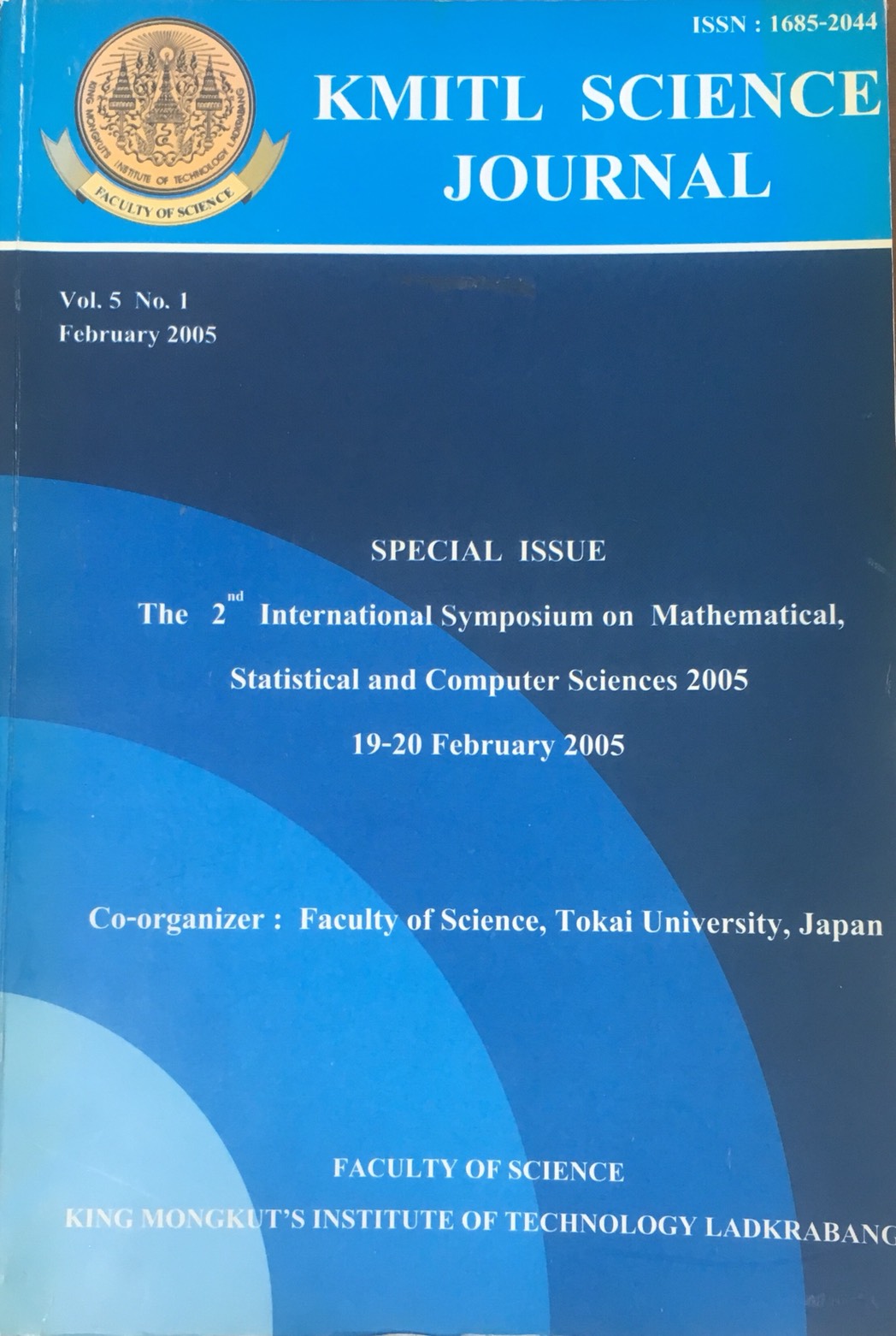Sream-Enabled File I/O for Embedded Systems
Main Article Content
Abstract
An embedded applications become more complex, file I/O operations such as read and write become increasingly important. However, file I/O operation latency may be significant when the file is located remotely. File I/O operation latency may be reduced by the means of incremental data delivery. Using this method, the data is not necessarily transmitted in a linear order of the data in the file, but is preferably transmitted in the order in which the data is used. Therefore, the application can obtain needed data more quickly. Furthermore, transmission bandwidth and memory usage may be lowered since unneeded data may not be sent.
In this paper, we present a stream-enabled file I/O method which allows data files to be streamed to an embedded device. The experimental results show that our implementation improves file I/O operation latency; in our examples, the performance improves up to 4.95X and 55.83X when compared with network file system and direct download, respectively.
Keywords: -
Corresponding author: E-mail: pramote@as.nida.ac.th, mooney@ece.gatech.edu,
vkm@ ece.gatech.edu
Article Details
Copyright Transfer Statement
The copyright of this article is transferred to Current Applied Science and Technology journal with effect if and when the article is accepted for publication. The copyright transfer covers the exclusive right to reproduce and distribute the article, including reprints, translations, photographic reproductions, electronic form (offline, online) or any other reproductions of similar nature.
The author warrants that this contribution is original and that he/she has full power to make this grant. The author signs for and accepts responsibility for releasing this material on behalf of any and all co-authors.
Here is the link for download: Copyright transfer form.pdf
References
http://www.-2.cs.cmu.edu/afs/andrew.cmu.edu/usr/shadow/www/afs.html.
[2] Fielding, R., Gettys, J., Mogul, J., Frystyk, H., Masinter, L., Leach, P. and Berners-Lee, T., “Hypertext Transport Protocol – HTTP/1.1”, RFC 2616, The Internet Engineering Task Force, June 1999.
[3] Huneycutt, M. H., Fryman, J. B., Mackenzie, K. M., “Software Caching using Dynamic Binary Rewriting for Embedded Devices,” Proceedings of International Conference on Parallel Processing, August 2002, pp. 621-630.
[4] Lindholm T. and Yellin F., The Java Virtual Machine Specification, 2nd ed., Massachusetts: Addison-Wesley Publishing Company, 1999, pp. 158-161.
[5] Krintz, C., Calder, Brad, Lee H. and Zorn B., “Overlapping Execution with Transfer Using Non-Strict Execution for Mobile Programs”, Proceedings of International Conference on Architectural Support for Programming Languages and Operating Systems, October 1998, pp. 159-169.
[6] Omitted for blind review.
[7] Meyer, J. and Downing, T., Java Virtual Machine, California: O’ Reilly & Associate, 1997, pp. 44-45.
[8] Motorola, Inc., “MBX Datasheet,” http://mcg.motorola.com/us/ds/pdf/ds0134.pdf.
[9] Nahum, E., Barzilai, T. and Kandlur, D.D., “Performance Issues in WWW Servicers,” IEEE/ACM Transactions on Networking, vol. 10, no. 1, pp. 2-11.
[10] Postel, J. and Reynolds, J., “File Transfer Protocol (FTP),” RFC 959, The Internet Engineering Task Force, October 1985.
[11] Shepler, S., Callaghan, B., Robinson, D., Thurlow, R., Beame, C., Eisler, M. and Noveck, D., “Network File System (NFS) version 4 Protocol,” RFC 3530, The Internet Engineering Task Force, April 2003.
[12] Raz, U., Volk, Y. and Melamed, S., “Streaming Modules,” U.S. Patent 6, 311, 221, July 22, 1998.
[13] Silberschatz, A. and Galvin, P.B., Operating System Concept, 4th ed., Massachusetts: Addison-Wesley Publishing Company, 1994, pp. 253-255.
[14] The Linux Kernel Archives, http://www.kernel.org.


